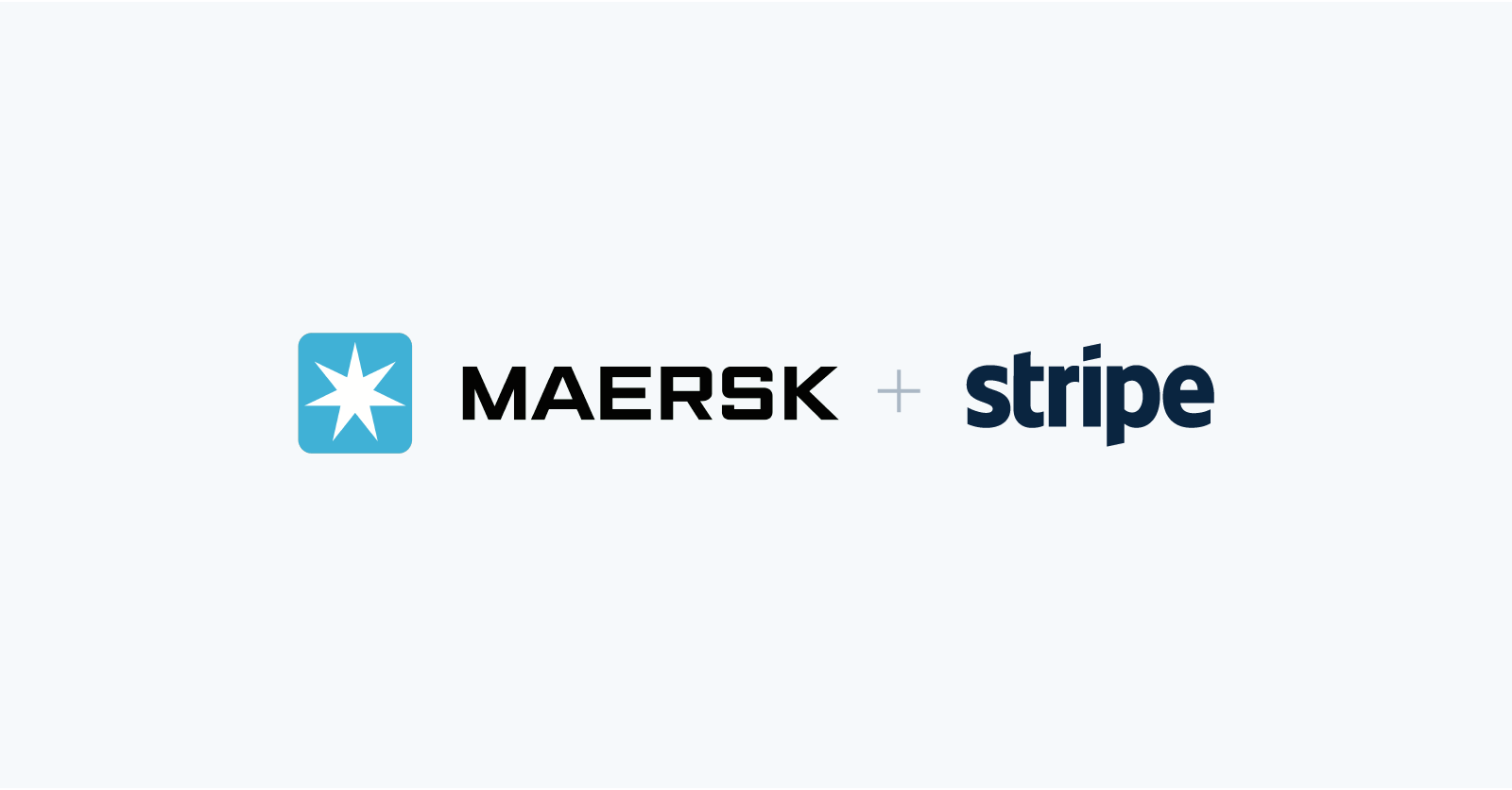Simplifying the supply chain with Maersk
The global logistics giant taps into new technology to make it easy to ship around the world.

Maersk’s iconic corrugated steel shipping containers are familiar all over the world, stacked atop freighters, piled high in ports, and pulled on tractor trailers as they complete their journey from one end of the supply chain to the other.
Maersk itself has undergone a journey, too. The logistics giant was founded in Svendborg, Denmark in 1905 by sea captain Peter Mærsk Møller, and over the course of the 20th century grew to become one of the most valuable publicly traded companies in the world. Today, its vast logistics network spans 130 countries and moves tens of billions of dollars worth of goods around the world each year.
Maersk has remained successful because it has figured out how to change. The modern world looks little like the one Maersk started out in, and the logistics industry overall has been slow to adapt. But at a time when many players still work on paper, communicate via fax, and transact in cash, Maersk has modernized its economic infrastructure, in part with help from Stripe.
The shipping boom
On any given day, 85 million packages and documents are delivered globally, and 80 percent of total trade volume moves by sea. Faced with such a large (and increasing) workload, two-thirds of logistics companies acknowledge they still need to transform their operations to keep up. But Maersk recognized early the need to revamp its infrastructure.
“We started on this journey a few years back because we knew it was the future, and we wanted to modernize and serve our customers better. We had to make it simple for people to ship and track their orders from one end of the world to the other with a click of a button,” said Navneet Kapoor, chief technology and information officer at Maersk.
As part of its modernization strategy, Maersk needed to find the right partner for a critical element of its operations: international payments. The company’s global business is intrinsically complex, with banking requirements, currencies, and preferred payment methods all varying from region to region. A one-size-fits-all approach was not going to work, which is why Maersk turned to Stripe.
“We knew that customers wanted to work with us, when they wanted, and where they wanted,” said Kapoor. “Creating a payments system that allowed this flexibility was an essential piece of the puzzle. We found that Stripe had the right modern infrastructure, and was the right global partner, to help us get there.”
A trusted partner
Prior to partnering with Stripe, Maersk’s payments operations were fragmented across multiple providers: one for tokenization, another for payments processing, and a third for managing security authentication. Juggling several solutions which were not always interoperable introduced needless friction into an already complicated setting.
With Stripe, Maersk combined these disparate systems into a single, agile payments portal. Maersk customers are now able to pay seamlessly through an intuitive dashboard that supports payment methods that Maersk previously could not accept, like credit cards. The portal also adapts to regional banking requirements and provides international customers with localized point-of-sale experiences.
“Local prioritization is essential to meeting our customers’ needs. From the start, and during incredibly pivotal points, Stripe has supported us to ensure our infrastructure works seamlessly across multiple markets,” said Kapoor. “This approach will only become more important as we continue to expand and cement our position as a global leader in logistics.”

